Master the Art of Beekeeping
Your Go-To Resource for Expert Tips, Guides and Advice for confident Beekeepers.

Beginner Beekeeping Essentials
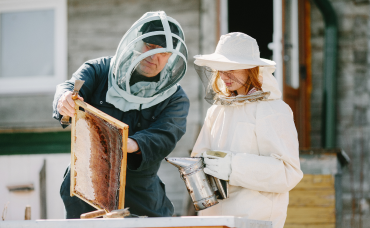
Introductory Guides and Tips for those new to the hobby of keeping bees. Learn how to keep your bee hive producing honey.
Bee Keeping Apiculture Techniques
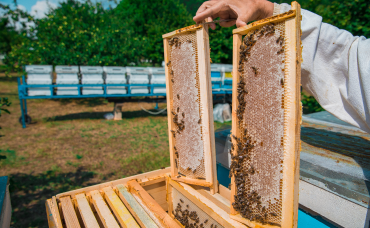
For hobbyists looking to take their bee keeping skills to the next level. Advanced troubleshooting such as mites and splits.
Bee Hive Supplies
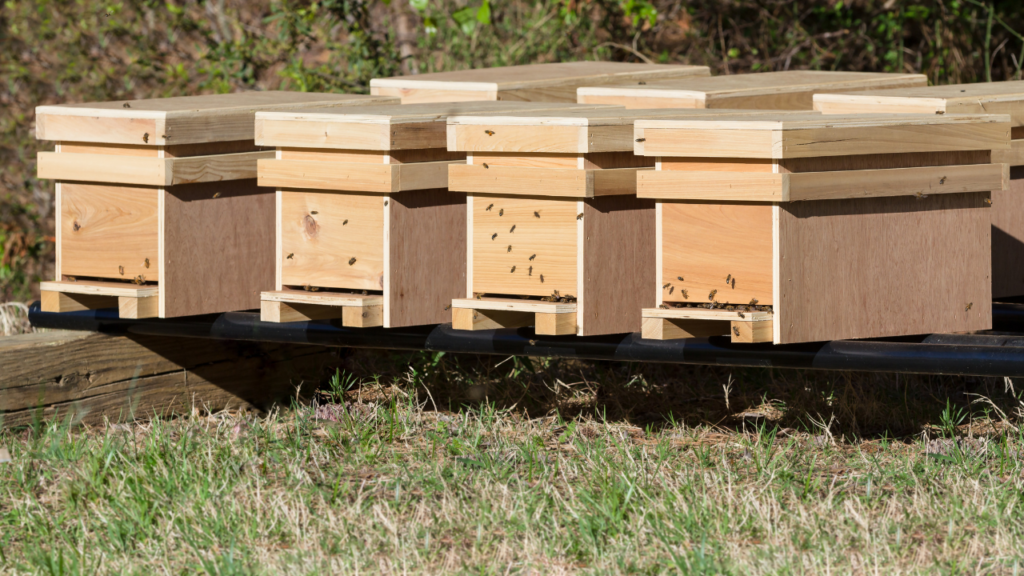
Whether your are a DIY or looking for the best honey bee supplies for your colony, we have all the details to get you started!
Bee Keepers Natural Practices

We love to find ways to work with nature rather than try to outsmart it. Natural beekeeping is such a sustainable way of doing so, we are building our library of practices to support you in the change.
Homestead Bee Hives
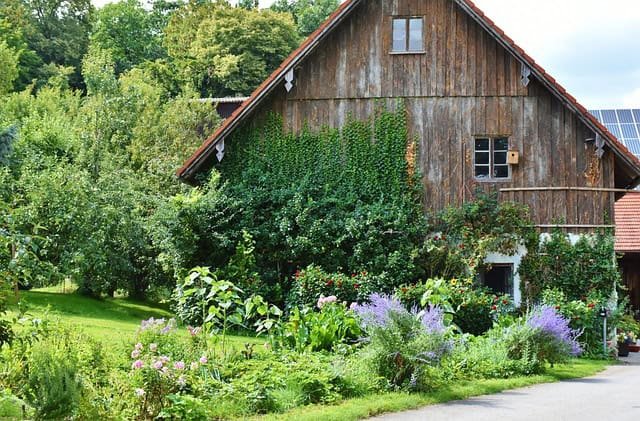
With such a wonderful input to output ratio, its no wonder that beekeeping and self sufficient homesteading go together!
Beekeeping Clubs Near Me
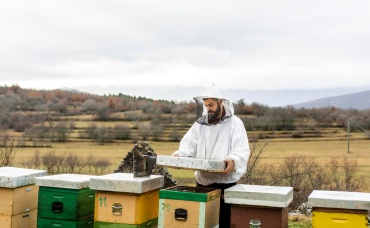
Search our global directory of the best beekeeping clubs and associations within your region. We have compiled a thorough list for the major beekeeping regions of the world. Can you find your club?
Subscribe to our Newsletter for the Latest Tips and Updates
Come and be a part of our community to share in stories, tips and our beekeeping journeys!
Featured Articles
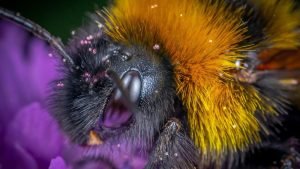
Do Bees Have Compound Eyes? Amazing Bee Vision Science
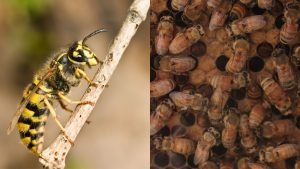
Do Yellow Jackets Kill Honeybees
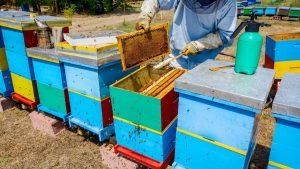
How to Ventilate a Beehive: Best Practices for Healthy Bees
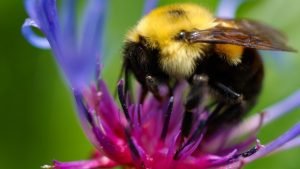
How to Get Rid of Bumblebees Without Killing Them
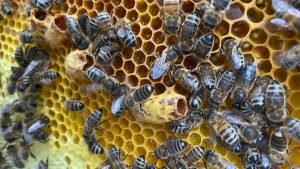
What Does A Honey Bee Hive Look Like?
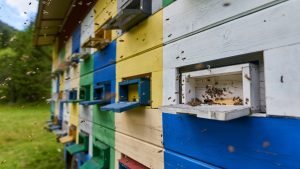
How To Raise Honey Bees For Profit
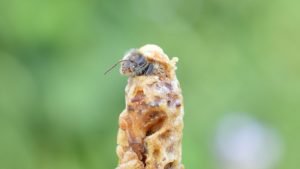
The 5 Major Queen Cell Stages Beekeepers Have To Know
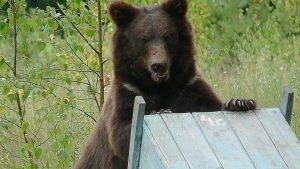
Protecting Beehives From Bears
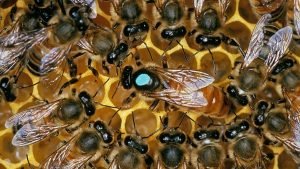
How Long Can A Hive Be Queenless?
About Us
Dr. Garth A. Cambray is a Canadian/South African entrepreneur and beekeeper with 28 years of experience in apiculture and specializes in adding value to honey. His Ph.D. research developed a new advanced continuous fermentation method for making mead that has resulted in a number of companies globally being able to access markets for mead. His company, Makana Meadery, exports honey mead to the USA where it is available to discerning connoisseurs.
He has also developed technologies to commercially manufacture organic honey vinegar in Zambia for export globally. He holds a few patents globally in the ethanol industry and believes in technology and knowledge transfer for human development and environmental sustainability. One of his proudest achievements is the fact that the wind farm he started at one of his old apiary sites has essentially made his hometown carbon neutral.
Beekeeper Subscribers
We are always learning, adapting and understanding our beehives. That’s why we keep our members up to date with the latest tips and expertise from professional beekeepers and industry experts.

Henry Dawson
I have been beekeeping for the past 3 years and found Beekeepertips.com to be a great source of information to support my learning. I like that they don't push a product if there is a DIY simple solution instead!
Getting the monthly newsletter helps me keep on top of the tips I need to keep my 4 hives alive and well. The detail around mite treatments has definitely saved our hives a couple of times last year.

Joanna Keppler


